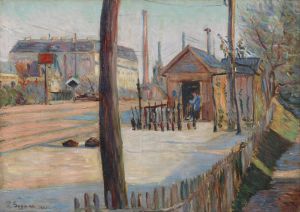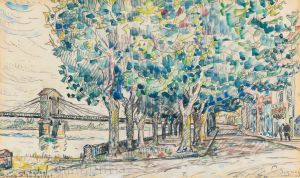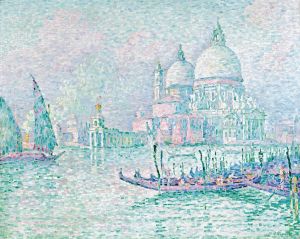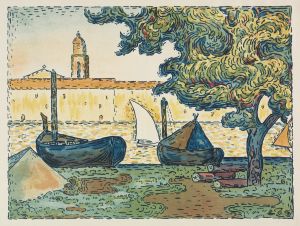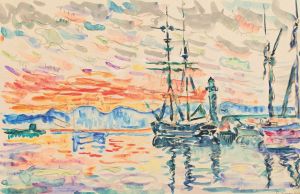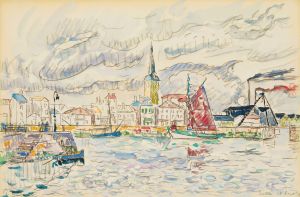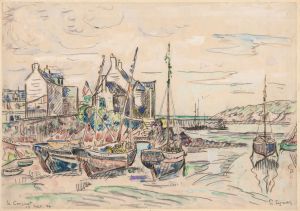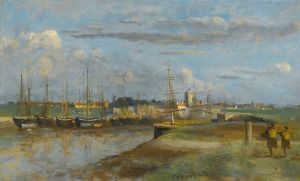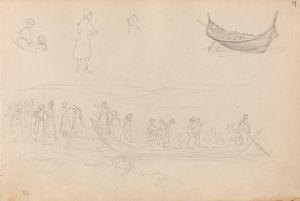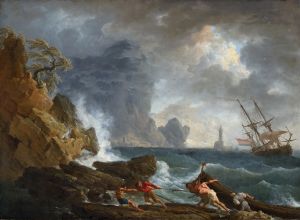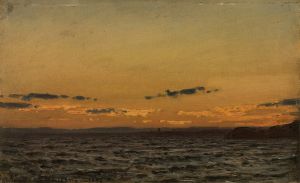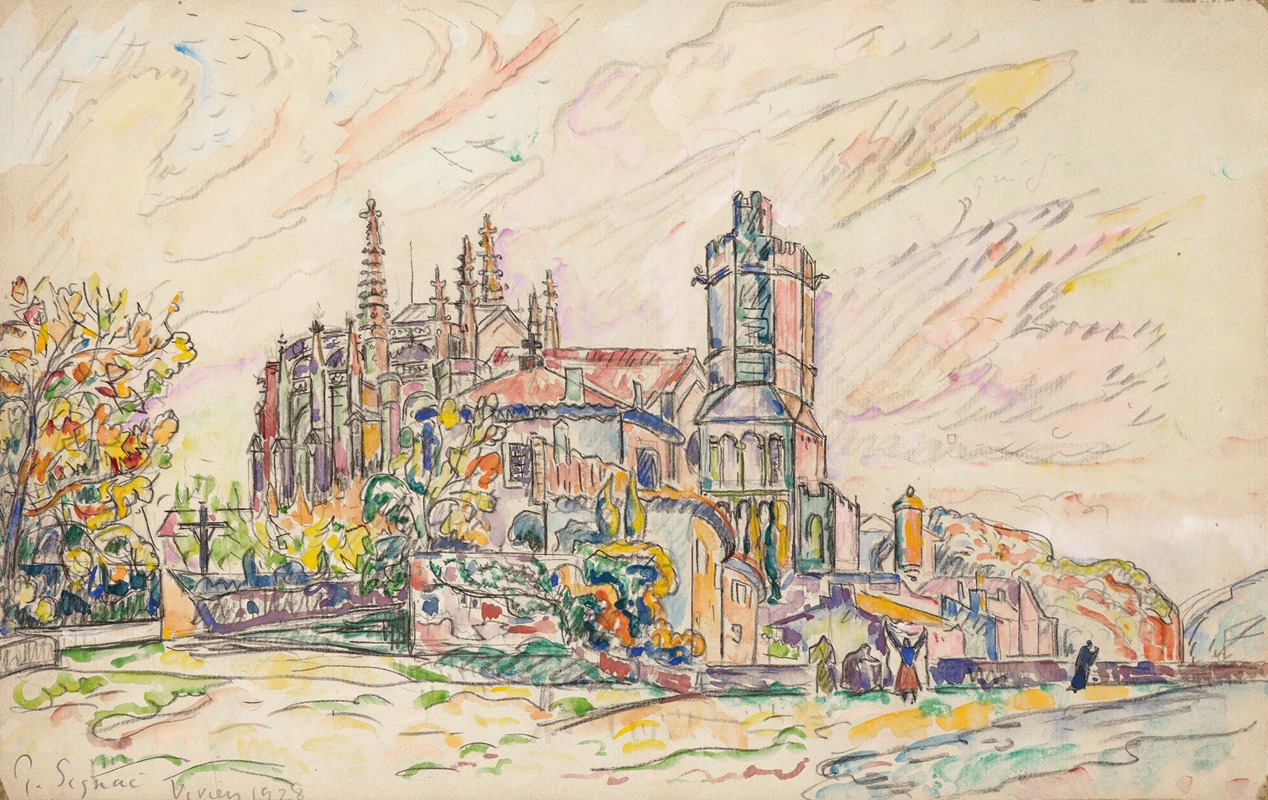
Viviers
A hand-painted replica of Paul Signac’s masterpiece Viviers, meticulously crafted by professional artists to capture the true essence of the original. Each piece is created with museum-quality canvas and rare mineral pigments, carefully painted by experienced artists with delicate brushstrokes and rich, layered colors to perfectly recreate the texture of the original artwork. Unlike machine-printed reproductions, this hand-painted version brings the painting to life, infused with the artist’s emotions and skill in every stroke. Whether for personal collection or home decoration, it instantly elevates the artistic atmosphere of any space.
Paul Signac's painting "Viviers" is a notable work by the French Neo-Impressionist artist, who was a leading figure in the development of the Pointillist technique alongside Georges Seurat. Signac was known for his vibrant use of color and meticulous technique, which he employed to capture the essence of landscapes and urban scenes with a unique, scientific approach to color and light.
"Viviers" was painted during a period when Signac was deeply engaged with the principles of Neo-Impressionism, a movement that sought to bring a more scientific approach to the art of painting. This technique involved the application of small, distinct dots of color, which, when viewed from a distance, would visually blend to create luminous and harmonious compositions. This method was rooted in contemporary color theory and was intended to enhance the viewer's perception of light and color.
The painting depicts the town of Viviers, located in the Ardèche department in southern France. Viviers is known for its picturesque setting along the Rhône River and its rich architectural heritage, which includes a blend of Romanesque and Gothic structures. Signac's choice of Viviers as a subject reflects his interest in capturing the serene beauty and historical significance of French towns and landscapes.
In "Viviers," Signac employs his signature Pointillist technique to render the scene with a vibrant palette and a sense of tranquility. The painting captures the interplay of light on the water and the architectural details of the town, showcasing Signac's ability to convey atmosphere and mood through color and composition. The use of small, precise brushstrokes creates a shimmering effect, evoking the natural beauty of the scene and the peaceful ambiance of the town.
Signac's work is often associated with his love of the sea and his passion for sailing, which is reflected in many of his paintings. Although "Viviers" is not a maritime scene, it shares the same meticulous attention to detail and vibrant color palette that characterize his seascapes. This painting is an example of how Signac applied his technique to a variety of subjects, capturing the essence of different environments with equal skill and sensitivity.
Throughout his career, Signac was influenced by the scientific theories of color and perception, which informed his approach to painting. He was a key figure in the Neo-Impressionist movement, advocating for the use of color theory to achieve greater luminosity and emotional impact in art. His work, including "Viviers," exemplifies the principles of this movement and highlights his contribution to the evolution of modern art.
"Viviers" is a testament to Signac's mastery of the Pointillist technique and his ability to transform everyday scenes into vibrant, harmonious compositions. The painting remains an important example of Neo-Impressionism and continues to be appreciated for its beauty and technical precision. Signac's legacy as a pioneer of modern art is evident in works like "Viviers," which continue to inspire and captivate audiences with their innovative use of color and light.





